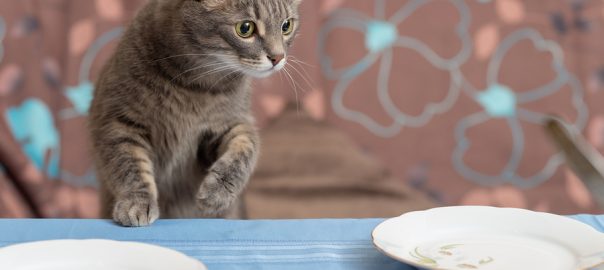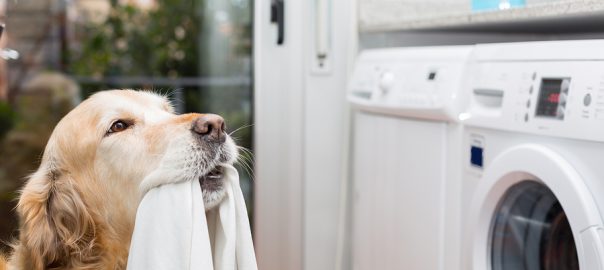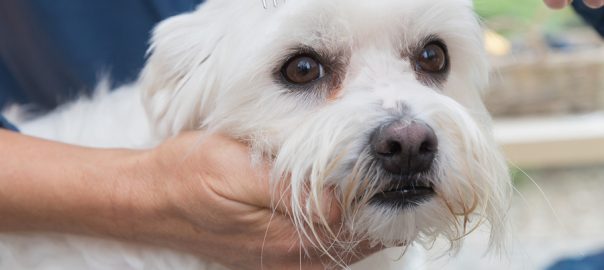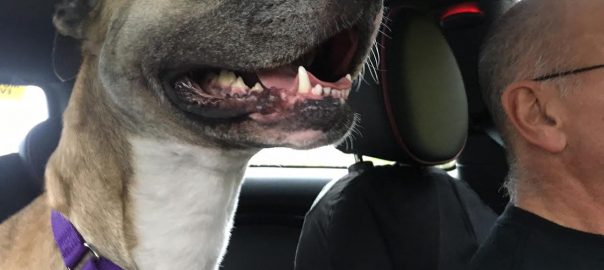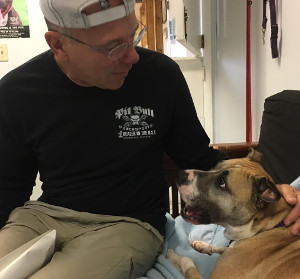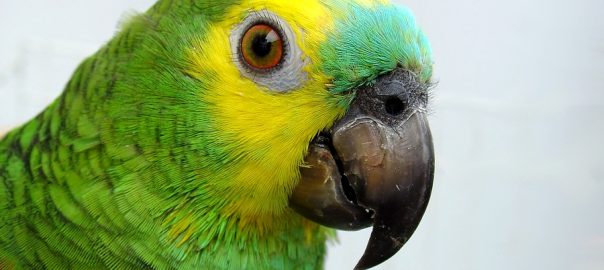So, what do you do if your cat demands you let him join you not just at the table, but on it, during meals? That was the question a reader asked, and I turned it over to my daughter, trainer Mikkel Becker, for an answer!
Q: Our 10-year-old cat has recently begun demanding table food. When we sit down to eat at the dinner table, he jumps on top of it. I immediately pick him up and put him on the floor. This is repeated several times. Today, I was eating soup and ignored him, so he pawed my ear. What do you suggest for behavior modification? I’m thinking of putting him in the bathroom while we eat.
A: You are fighting a battle on two fronts: the feline love of being up high, and your cat’s desire to share your food, which is obviously more interesting than his own. You’re on the right track as far as being consistent about putting him back on the floor right away when he jumps up on the table. Don’t do it in an angry manner; be matter-of-fact, but don’t let him get away with it. I have some other suggestions as well.
One is to feed him before you sit down to eat. If he has already eaten, he may be less interested in checking out your food.
You may also try teaching him to go to an alternative space, such as a nearby perch — where he can be up off the ground and still see you — or the sofa or his bed. Reinforce your cat being in this spot by rewarding him intermittently with a treat, attention or play.
Conversely, make the tabletop unpleasant by covering it with aluminum foil. Cats don’t like the feel of it beneath their paws.
There’s also nothing wrong with putting your cat in a different area, such as the bathroom, while you eat. It’s a valid way of managing the problem and can be a great strategy until your cat learns to stay off the table during meals. — Mikkel Becker
Read more, including how to help pets fight the battle of the pudge, in this week’s Pet Connection!
